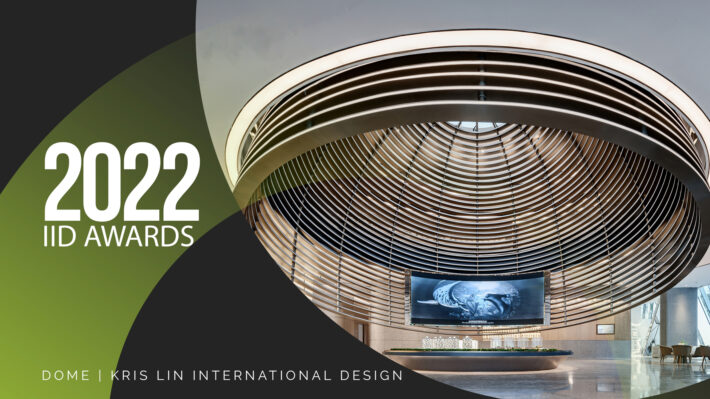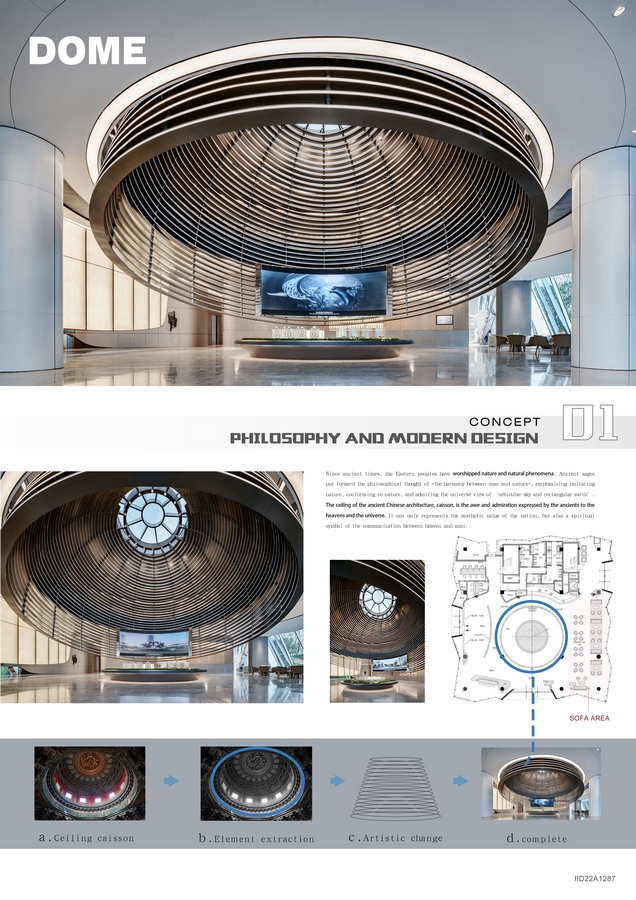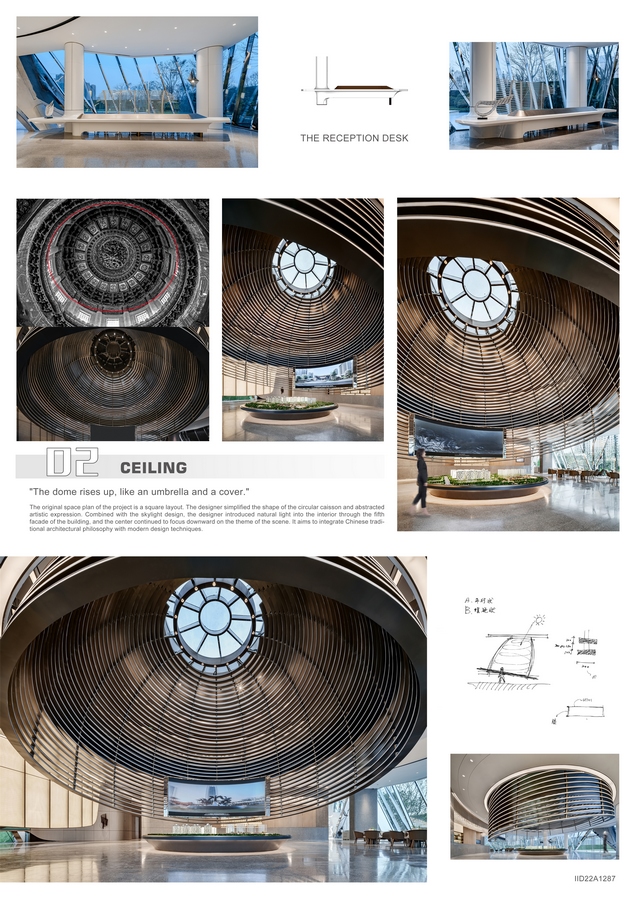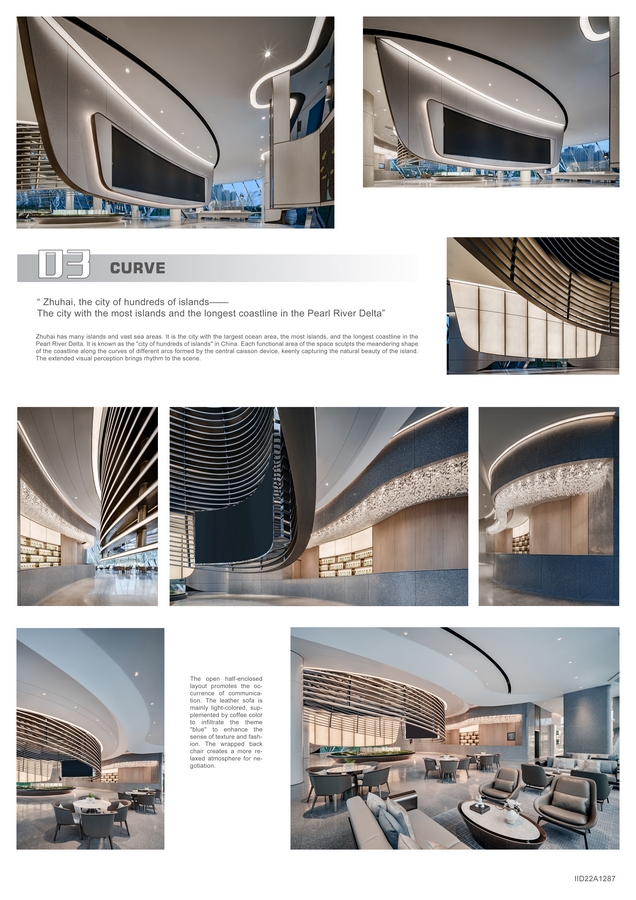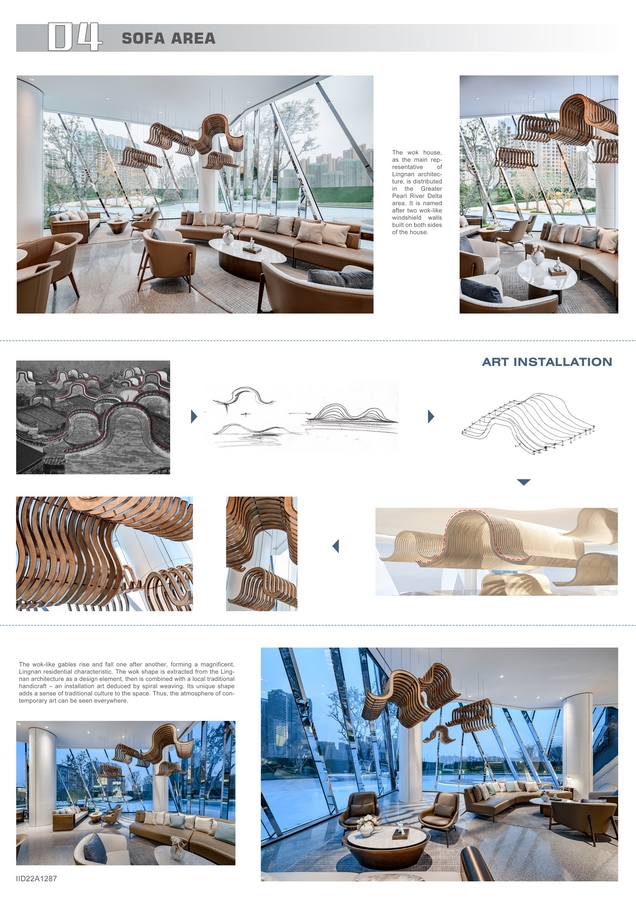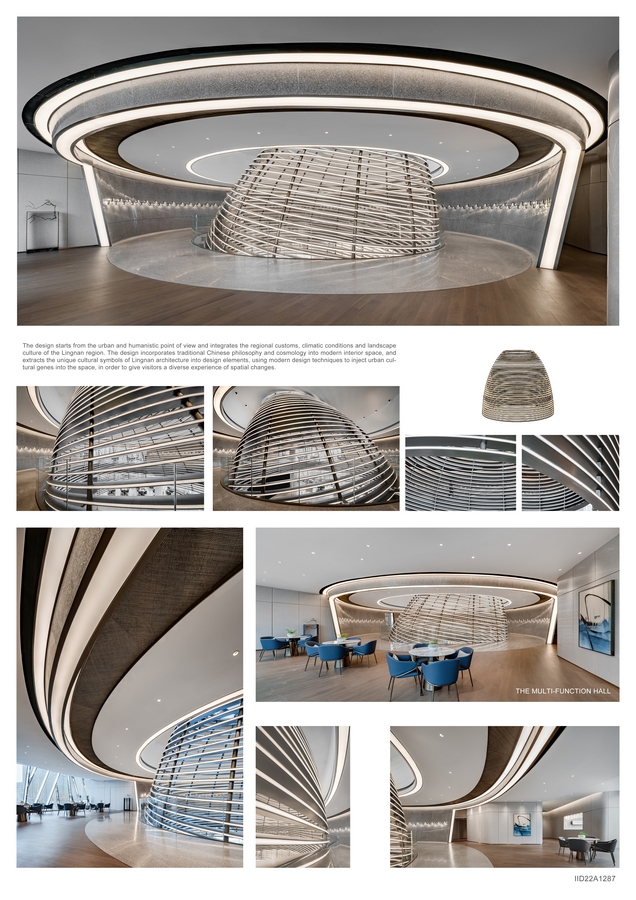The design starts from the urban and humanistic point of view and integrates the regional customs, climatic conditions and landscape culture of the Lingnan region. The design incorporates traditional Chinese philosophy and cosmology into modern interior space, and extracts the unique cultural symbols of Lingnan architecture into design elements, using modern design techniques to inject urban cultural genes into the space, in order to give visitors a diverse experience of spatial changes.
International Interior Design Awards 2023: Entries Open!
Take your work to the next level. Register Now…
Gold 🏆 Winner
International Interior Design Awards 2022 (IIDA 2022)
Dome
Retail Interior
Firm
Kris Lin International Design
Architect/Designer
Kris Lin
Design Team
Kris Lin, Anda Yang
Location
Zhuhai, China
Country
China
Photographer/Copyright
©Kris Lin International Design
Since ancient times, the Eastern peoples have worshipped nature and natural phenomena. Ancient sages put forward the philosophical thought of “the harmony between man and nature”, emphasizing imitating nature, conforming to nature, and admiring the universe view of ‘orbicular sky and rectangular earth’. The ceiling of the ancient Chinese architecture, caisson, is the awe and admiration expressed by the ancients to the heavens and the universe. It not only represents the aesthetic value of the nation, but also a spiritual symbol of the communication between heaven and man.
The original space plan of the project is a square layout. The designer simplified the shape of the circular caisson and abstracted artistic expression. Combined with the skylight design, the designer introduced natural light into the interior through the fifth facade of the building, and the center continued to focus downward on the theme of the scene. It aims to integrate Chinese traditional architectural philosophy with modern design techniques.
The cosmology of “orbicular sky and rectangular earth” in the structure is in line with the philosophical thought of “the harmony between man and nature”, expressing the pursuit of a lifestyle that conforms to nature. Light spills into the room from the circular skylight, presenting a quiet and solemn atmosphere.
The wok house, as the main representative of Lingnan architecture, is distributed in the Greater Pearl River Delta area. It is named after two wok-like windshield walls built on both sides of the house.
The wok-like gables rise and fall one after another, forming a magnificent, Lingnan residential characteristic. The wok shape is extracted from the Lingnan architecture as a design element, then is combined with a local traditional handicraft – an installation art deduced by spiral weaving. Its unique shape adds a sense of traditional culture to the space. Thus, the atmosphere of contemporary art can be seen everywhere.


